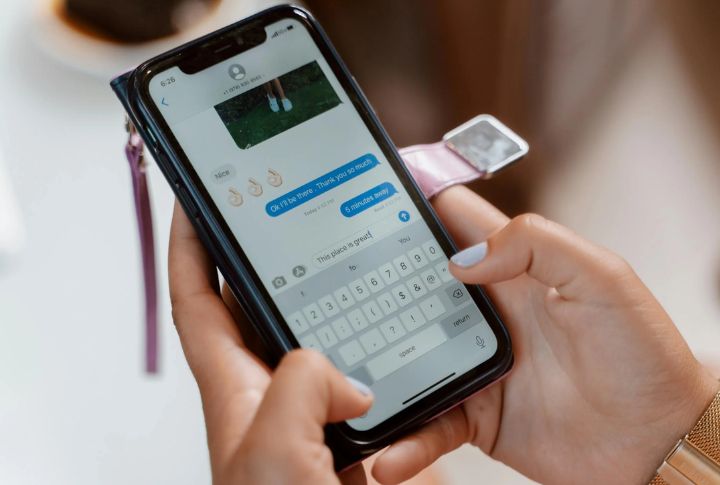
The 2000s introduced countless cultural trends that defined how people lived and interacted. Over time, many of these defining moments faded into the background. Quirky habits and collective passions disappeared, leaving behind a sense of nostalgia and highlighting the fast-changing nature of American culture. Explore these forgotten moments and see which you remember.
Y2K Panic Vanished Overnight

The world braced for chaos as computers risked mistaking 2000 for 1900. Global fears drove governments and corporations to spend over $600 billion on IT fixes. But when January 1 arrived without disaster, the panic evaporated, making Y2K one of history’s quietest technological non-events.
AIM Away Messages Logged Off

Before Instagram captions and WhatsApp statuses, there were AIM away messages—little notes filled with feelings and flair. Be it song lyrics or passive-aggressive notes, they said it all. Then smartphones came along, and much like chain emails and chunky iPod classics, AIM disappeared, quietly fading until AOL completely shut it down in 2017.
The Decline Of The “Dot-Com” Boom

The early 2000s witnessed a frenzy of internet startups promising overnight success. Venture capital poured in, but many lacked sustainable business models. When the dot-com bubble burst, stock markets plunged, and investor confidence evaporated. The tech industry’s golden rush ended, reshaping how future startups approached growth.
MySpace’s Top 8 Drama Disappeared

MySpace’s Top 8 feature allowed users to rank their closest friends publicly, often sparking arguments and social anxiety. It was in 2006 that this feature faced heavy criticism for encouraging digital cliques. Later, Facebook replaced the top friends system with a simple friend list and eventually introduced the News Feed, changing how social media platforms structured online relationships.
Trucker Hats Don’t Turn Heads Anymore

Trucker hats peaked in popularity in 2003, following the surge of brands like Von Dutch. Celebrities and MTV helped fuel the demand, and this turned utility gear used for agricultural functions into fashion statements. By 2006, sales plummeted, and the look quickly faded. Today, the once-iconic cap is mostly seen as a trend that came and went.
Napster’s Controversy Faded Fast

What happened to the platform that shook the music world in 1999? Napster enabled free peer-to-peer file sharing, which sparked major lawsuits from Metallica and the Recording Industry Association of America (RIAA). However, courts shut it down in 2001. With these legal battles, ways were paved for paid services like iTunes and Spotify.
Reality Dating Shows Lost Their Shock Factor

In their heyday, “The Bachelor” and “Flavor of Love” had everyone talking. These shows launched a reality dating craze that dominated screens for years. Eventually, viewers drifted toward streaming dramas with deeper plots, and although spin-offs stuck around, the obsession just wasn’t the same.
Chain Emails Don’t Threaten Us Anymore

Remember those “Forward this to ten people, or else… “ messages? Chain emails then warned of curses and promised luck but delivered none. These digital superstitions peaked around 2005. Then came improved spam filters as social media emerged. Now, chain mail lives on as a curious artifact of early internet culture.
Flip Phones Stopped Making A Sound

Flip phones defined early 2000s communication. Brands like Motorola and LG led the market, and T9 texting became second nature. This all vanished in 2007 when the iPhone’s touchscreen changed everything. Flip keypad phones lost dominance fast. Although still around, they’re mostly used by minimalists and retro-tech enthusiasts.
Livestrong Bracelets Quietly Left Wrists

Initiated in 2004 by the Lance Armstrong Foundation, over 80 million yellow bracelets were sold to raise awareness about cancer and fund research. After Armstrong’s doping admission in 2012, public support waned. Consequently, sales dropped as visibility faded. A band that was once a global symbol now rarely appears in public.
